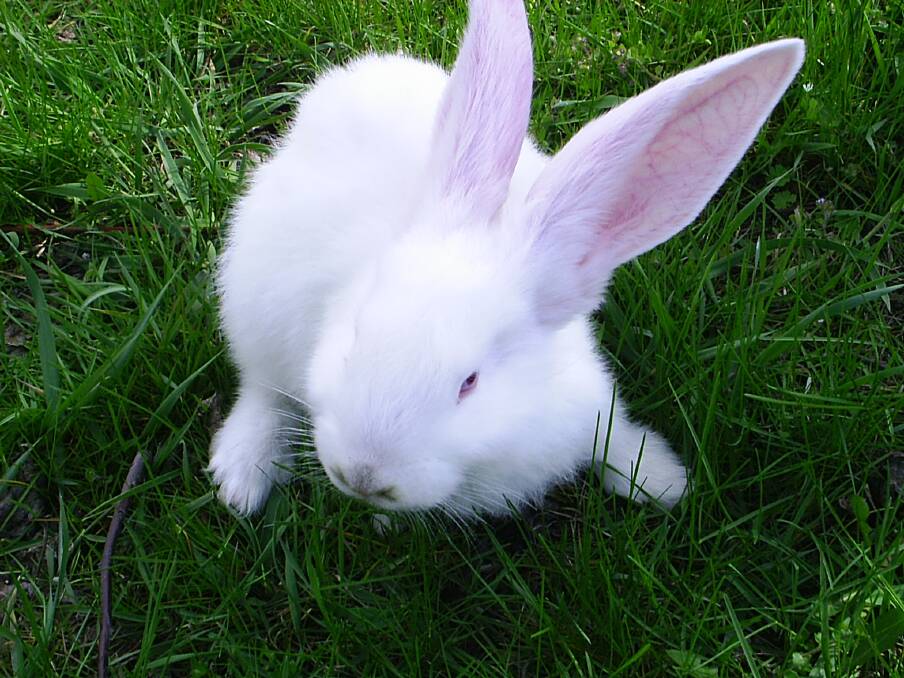
Subscribe now for unlimited access.
$0/
(min cost $0)
or signup to continue reading
A new Korean strain of the lethal calicivirus, which causes rabbit haemorrhagic disease (RCD), has been approved for use in Australia, with the release scheduled this month.
Federal, state and territory governments will oversee the release on wild rabbits at more than 600 sites across Australia.
More than 200 community groups in NSW will be involved, with three intensive management sites near Orange, Gundagai and Hay.
Mid-Western region vets have seen numerous rabbit owners seeking a vaccination against the virus.
Pet owners should contact a veterinarian for advice on how to protect their rabbits. Information is available from the Australian Veterinary Association (AVA) http://www.ava.com.au/rabbit-calicivirus
The AVA advises rabbit owners to vaccinate domestic rabbits and provide additional protection against the virus by keeping rabbits inside or in insect-proof enclosures.
On the other side, some farmers are describing the virus as a viral weapon to stop Australia’s worst ag and environmental pest spreading like, well, rabbits.
Wild rabbits are seen as Australia’s most widespread - and costly - environmental and agricultural vertebrate pest animal, causing more than $200 million in lost farm production annually, threatening biodiversity, and affecting 304 nationally threatened plant and animal species.
The combination of myxoma virus and calicivirus currently limit wild rabbit populations to about 15 per cent of their potential numbers, but government says immunity and resistance have again become an issue.
Deputy Prime Minister and Minister for Agriculture Barnaby Joyce said research and industry bodies had worked hand-in-hand with government since 2014, screening 38 strains of RHDV, to identify an effective strain which could manage the wild rabbit populations.
NSW Minister for Primary Industries, Niall Blair, said in just two years, two rabbits can multiply to 200 rabbits. In another two years their population could explode to 40,000.”
Given the short time between contracting the virus and the sudden death from rapid organ failure, RHDV1 is described as one of the most humane control methods for rabbits.
For up-to-date information on the release visit www.healthierlandscapes.org.au.

